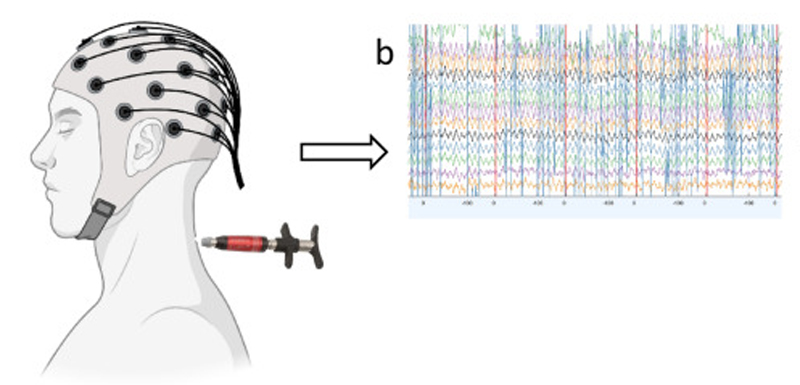Is the Spinal Subluxation a Risk Factor?
SOURCE: Dynamic Chiropractic
By Meridel I. Gatterman, MA, DC, MEd
Risk factors come in a variety of distinctions, from those for cardiovascular disease and some forms of cancer to those less than life-threatening but nonetheless undesirable conditions affecting the quality of a person’s life. A risk factor causes a person to be particularly vulnerable to an unwanted, unpleasant or unhealthful event. Risk factors predispose individuals to developing specific conditions. It has been suggested spinal subluxation could be considered such a risk factor. [1]
Subluxation As a Risk Factor
The following questions should be examined if the concept of subluxation as a risk factor is considered:
- Is subluxation of one region of the spine a risk factor for different signs and symptoms as opposed to a subluxation in another spinal area?
- If so, does a subluxation in one area create a different syndrome than when it occurs in a different region?
- Does clinical observation suggest there are different subluxation syndromes associated with different spinal areas? [2]
- Does a subluxation in the upper cervical region cause a different syndrome than a subluxation in the lower cervical region, and does a subluxation of the sacroiliac joint cause a different syndrome than one at a costovertebral joint? Does a patient’s symptomatic complaints and observable signs lead you to suspect a subluxation of one spinal region as opposed to another?
Subluxation Syndromes
A subluxation syndrome has been defined as an aggregate of signs and symptoms that relate to pathophysiology or dysfunction of spinal and pelvic motion segments or to peripheral joints. [3] While the signs and symptoms characteristic of subluxation syndromes are not always due to a subluxation, when they are, the condition commonly is responsive to adjustive and manipulative procedures. It is important the examination of patients be inclusive of the clinical indicators that identify subluxations. The components of the PARTS exam, developed by Bergmann [4] and included in the Medicare Benefit Policy Manual that covers medical and other health services, [5] commonly is used to identify subluxations.
Subluxation of the Upper Cervical Vertebrae
Read the rest of this Full Text article now!




I hope one day that the AMA will also start to see the benefit in subluxation-based care. I know in my office I am not trying to take patients away from PCP or Ortho docs, we refer quite regularly to them. Even the medical community should try the least invasive methods first.
I think it would be useful to research if there is a “domino effect” with subluxations. The spine (and the entire body) is obviously connected. The cervical spine is not really separate from the lumbar spine. Doesn’t it make sense that a cervical distortion will affect the low back, and vice versa?